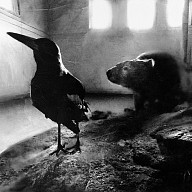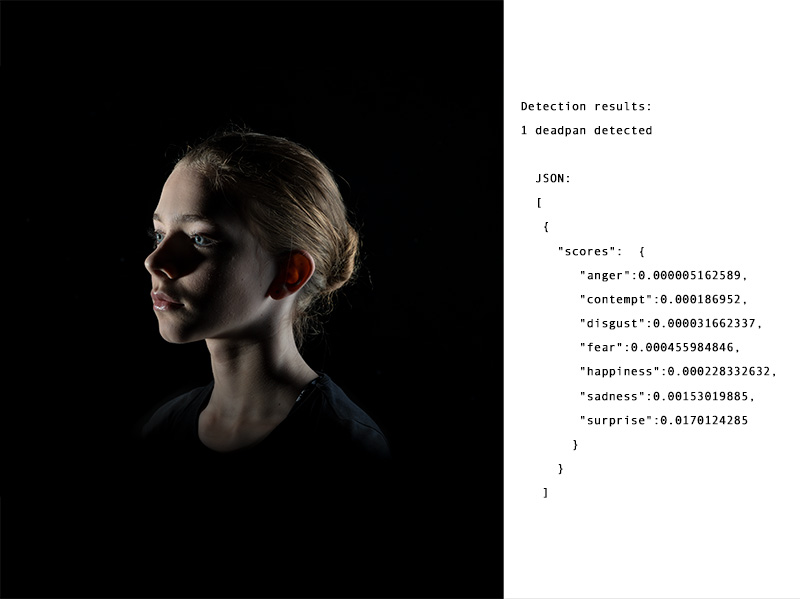
What does 100% deadpan look like? While using Facial Expression Recognition (FER) to conduct an analysis of portrait photography my focus turned to the neutral—the ‘neither/nor’ category of expression—which can also be measured by an FER tool.
My practice-led research explores the intersection between photographic portraiture, contemporary face tracking systems and the field of affective computing. My current focus is on commercial Facial Expression Recognition (FER) technologies and applications that attempt to detect human emotion.
The design of many affective computing systems is based on the classical view of emotion classification—which indexes emotion according to a narrow taxonomy of emotional expression. These technologies are only capable of measuring more stereotypical kinds of facial expressions, or (like humans) struggle to accurately interpret emotive expression at all. The ability of face recognition technologies to detect “neutral” expressions provides me with a device to ponder the deadpan expression—an intriguing convention of fine-art portrait photography.
The definition of portraiture is reflected in both face recognition (FR) tools, in their attempt to capture an identity, and FER, in their claims to detect emotion (or character) in a face. By looking at the connection between portraiture and the FER, I am not only referencing the 19c practices of physiognomy, which were concerned with the classification of type or the identification of an individual. I am also pointing to the enduring beliefs that the terrain of the face—or portrait—can reflect the character of an individual and their inner feelings or mood.
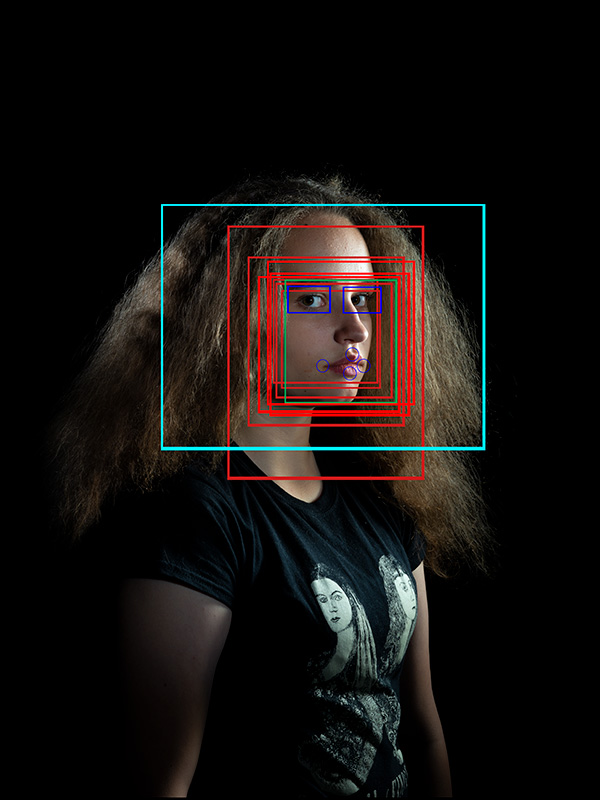
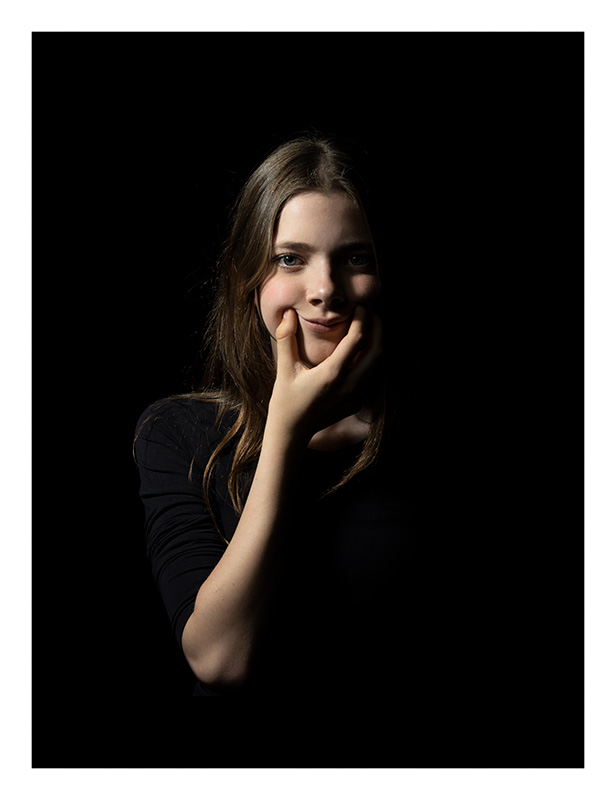
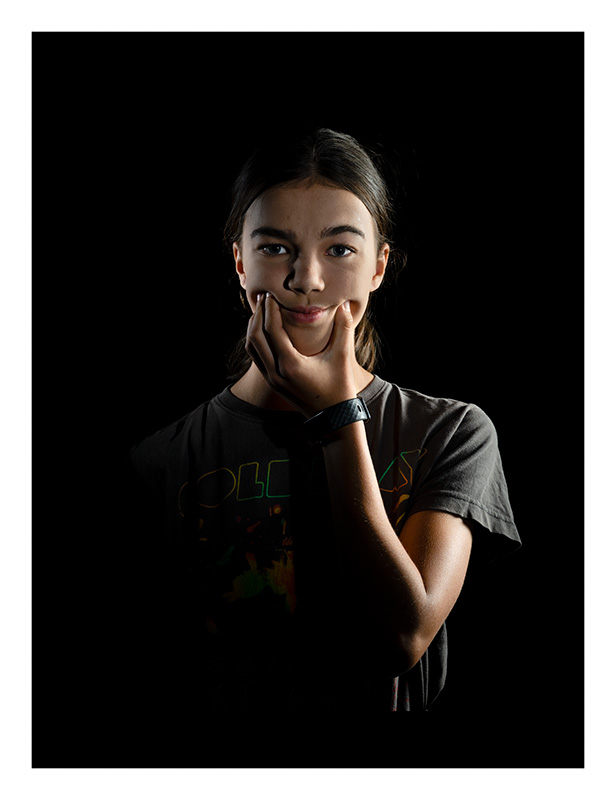
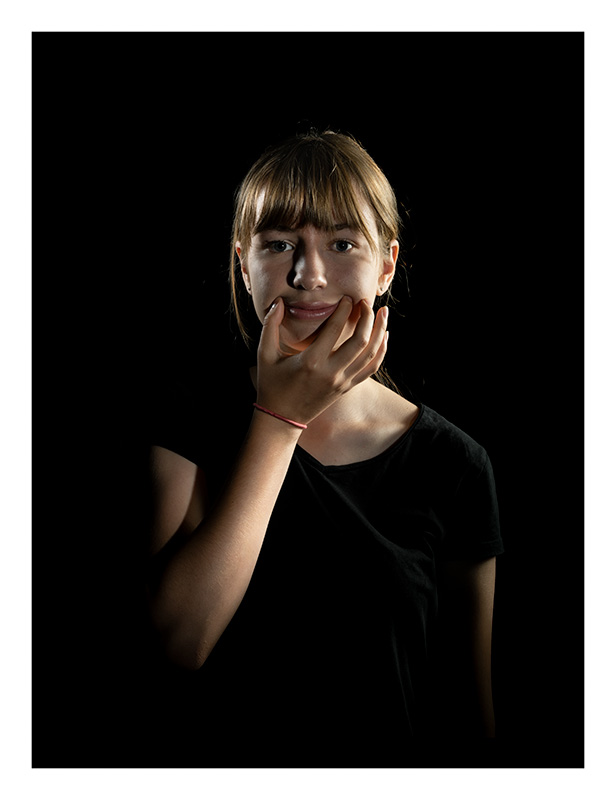
Some of the works in the exhibition Portrait are a response to increasingly widespread applications of face expression recognition (FER) technologies in public spaces and private contexts, such as in schools and in shopping malls. Learning how Chinese students had been negatively impacted by FER, ie by modifying their behaviour in order to appear “happy”, prompted the staging of the above portraits. A simple manual change of one’s expression can easily fool an FER tool into detecting 99 to 100% happiness in a deadpan face. Can we be sure that future capabilities won’t extend to the surveillance of the emotions and attitudes of students—or to identify “types” (happy/angry, attentive/inattentive, obedient/disobedient, calm/agitated)?
The ‘Action Unit’ referred to in the below portraits points to a coding system: one which maps the formation of emotional expression on the face. Although outdated, this system devised by psychologist Paul Ekman, is embedded in most FER technologies today.
Does the deadpan represent the optimal mask which prevents an FER algorithm from making statistically-based predictions about how a person is feeling or what a person is going to do (or buy …) next? Does it function as a form of resistance or defiance, in the context of a neoliberal culture which tolerates and supports data theft over respect for an individual’s right to privacy? Or, does a neutral portrait of an individual charge the viewer with searching for their own meaning in an expression, mirroring the way in which FER systems are deployed to find meaning?
![Action Unit [outer brow raiser], 2019](/site/assets/files/1380/3_1_melita_dahl-_action_unit_outer_brow_raiser_-_2019-_pigment_ink_print_on_archival_paper-_100_x_75cm.jpg)
![Action Unit [lip stretcher], 2019](/site/assets/files/1380/3_2_melita_dahl-_action_unit_lip_stretcher_-_2019-_pigment_ink_print_on_archival_paper-_100_x_75cm.jpg)
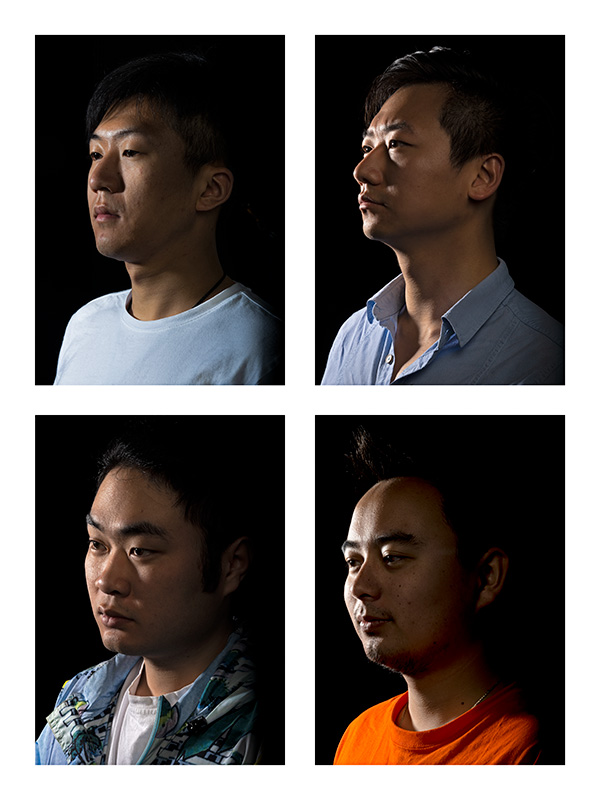
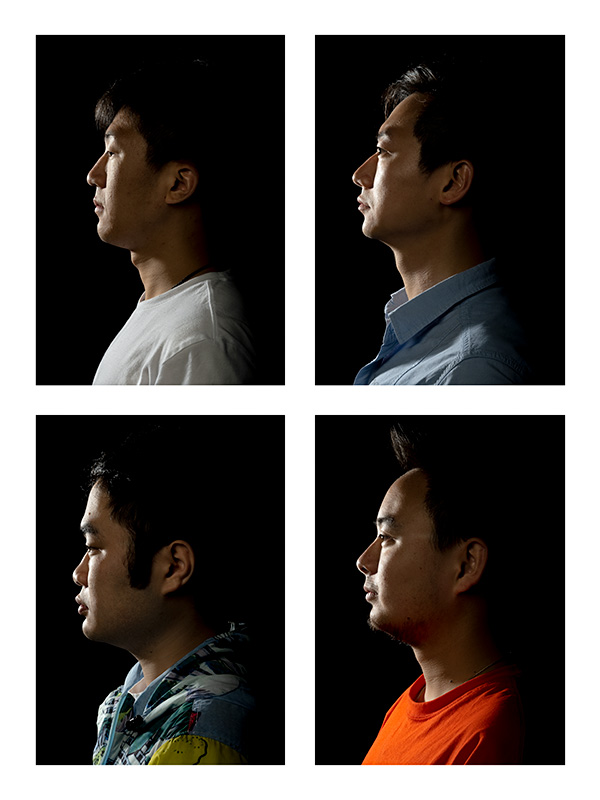
Medium
Pigment Ink Print on Archival Paper, various sizes
Edition
6/6 + 2AP
Exhibitions
2021 PhotoAccess, Canberra, Australia
